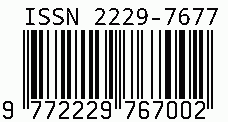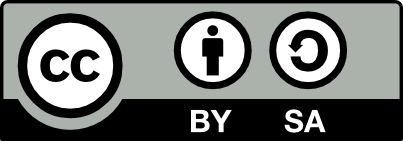
International Journal on Science and Technology
E-ISSN: 2229-7677
•
Impact Factor: 9.88
A Widely Indexed Open Access Peer Reviewed Multidisciplinary Bi-monthly Scholarly International Journal
Plagiarism is checked by the leading plagiarism checker
Call for Paper
Volume 16 Issue 4
October-December 2025
Indexing Partners



















EQUILIBRIUM ADSORPTION QUANTITIES AND % REMOVAL OF DIFFERENT METAL IONS AT DIFFERENT METAL ION CONCENTRATION BY HYDRILLA VERTICILLATA (LF)ROYLE.
| Author(s) | Dr. N. S. Gopkar |
|---|---|
| Country | India |
| Abstract | Heavy metal pollution in an aquatic environment has become major problem globally and there is need to utilize the diverse group of aquatic macrophytes by means of phytoremediation as these groups of plants can hyperaccumulate many heavy metals pointing their potential and an alternative way to deal with remediation of heavy metal from aquatic environment. Aquatic macrophytes possess ability to remove and recover the nutrient anions and metal cations present in water and waste water. Aquatic plants has been used in water quality assessment as in-situ biomonitors and bioremediators. There were several factors like pH, temperature, biomass loading and presence of other metal ions that influence the biosorption process. Biosorption of metal ions onto biosorbents involve a combination of the following metal-binding mechanisms including physical adsorption, ion exchange, complexation and precipitation The initial metal concentration plays an important role in the process of biosorption. In order to study the effect of initial metal ion concentration sorbate concentrations in the range of 10 mg/l to 100 mg/l were taken for all the metal ions (sorbent 1.5, 2.0, 2.5 gm/l, pH 5.0 and pH 6.0; time 120 min. and temperature 30°C and 40°C).. Hydrilla verticillata (Lf) Royle reported with maximum biosorption at 50 mg/l initial metal ion concentration (Table 4.5.3) for Zn (II) ion (33.25 mg/g) followed by Pb (II) ion (31.89 mg/g), Ni (II) ion (28.41 mg/g), Al (III) ion (26.98 mg/g) and Cu (II) ion (24.11 mg/g). Highest percent removal for Zn (II) ions (65.97%) and lowest for Cu (II) ions (47.83%) was observed (Fig. 4.5.3) in Hydrilla verticillata (Lf) Royle. |
| Keywords | Heavy metals; Hydrilla verticillata; Biosorption; biomonitors ;bioremediator |
| Field | Biology > Agriculture / Botany |
| Published In | Volume 14, Issue 1, January-March 2023 |
| Published On | 2023-03-06 |
Share this


CrossRef DOI is assigned to each research paper published in our journal.
IJSAT DOI prefix is
10.71097/IJSAT
Downloads
All research papers published on this website are licensed under Creative Commons Attribution-ShareAlike 4.0 International License, and all rights belong to their respective authors/researchers.

